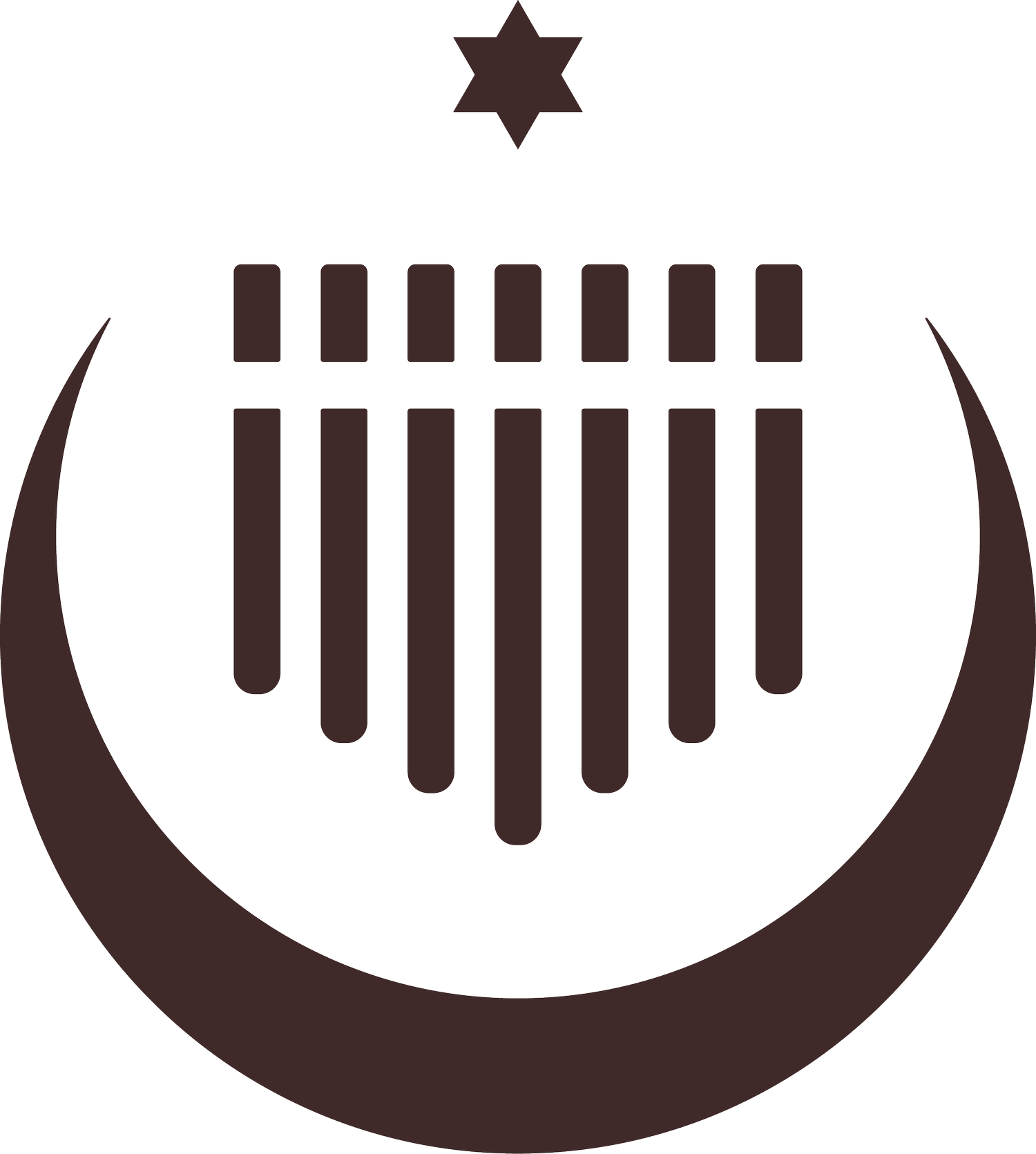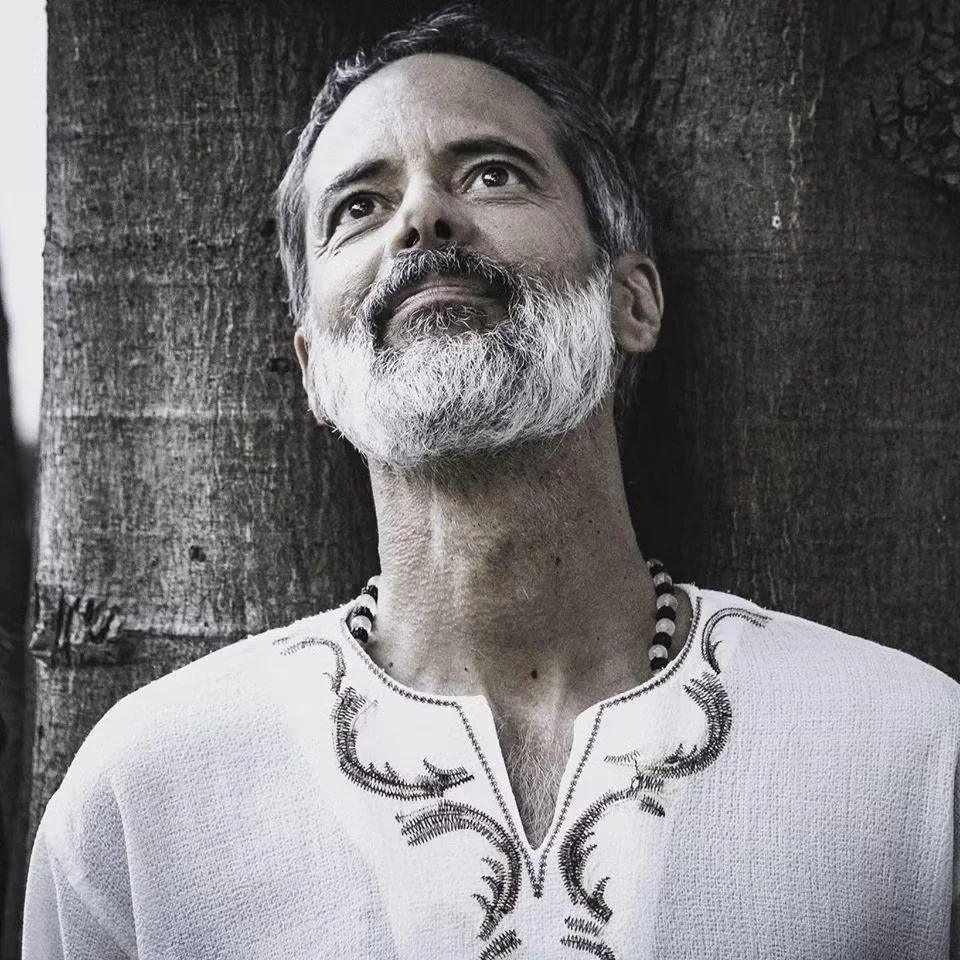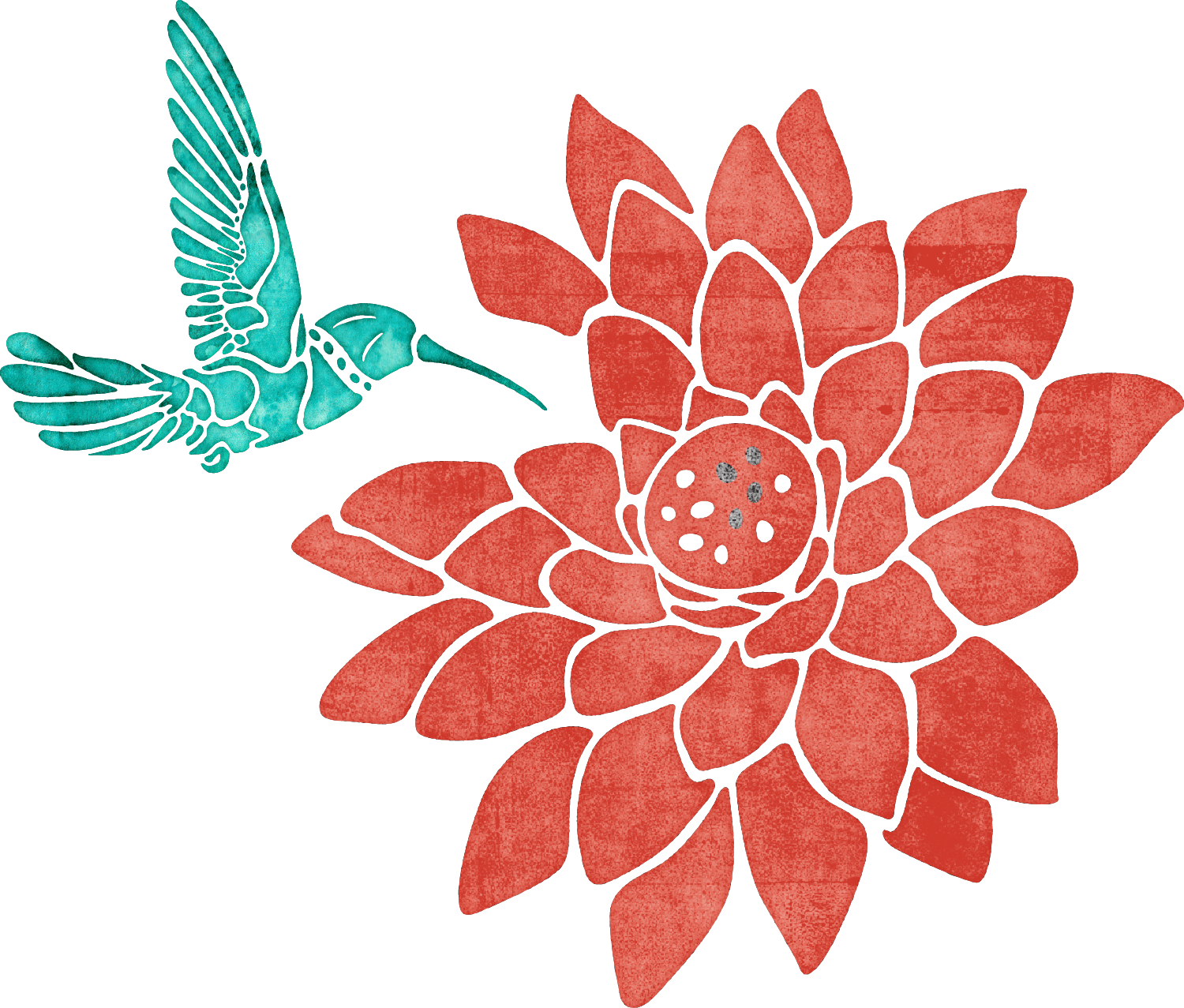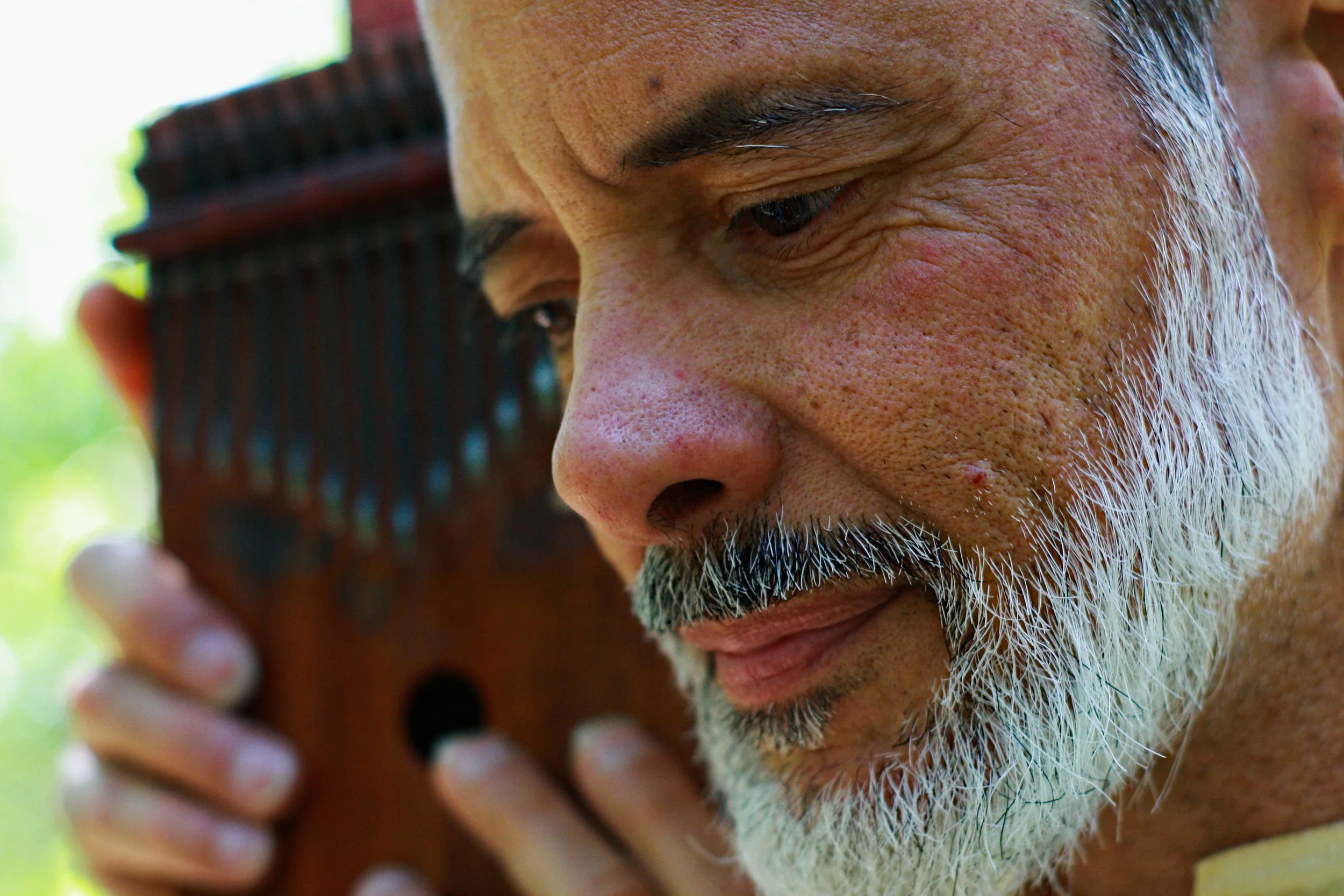
Art has the gift of softening hardened hearts, planting seeds like nourishment in arid soil. Little by little, those seeds sprout—through the power of art to reach the emotional center of people and teach the spiritual through beauty and sensitivity.
Chandra Lacombe
Chandra Lacombe brings together the richness of Eastern traditions with the path of South American medicine, in a spiritual and musical journey that celebrates faith, life, and love.
His music is a profound reflection of his inner path: a refined tapestry woven from a vast repertoire of songs, hymns, arcana, arrangements for Indian mantras, and countless collaborations with New Age and world music artists. Through them, he shares and celebrates the wisdom gathered on his journey, offering precious messages that shine even brighter through the resonance of his voice.
A prolific artist, Chandra has been recording and releasing music since the early 1990s, with more than ten albums to his name. Among them are Música das Esferas (1992), Terra à Vista (1994), and Matutu (2000) with the band Udiyana Bandha. His solo works include collaborations with Txai Fernando, Kailash Kokopelli, Maneesh de Moor, Satyadev Barman, Adrian Freedman, and Sigmund Vatvedt. He has also created unforgettable songs with the Brazilian master Carioca (Ronaldo Freitas), including Meeting in the Forest, Shanti Alegria, and Celebration—all of which have become true classics within the global spiritual community.
A multi-instrumentalist recognized for his mastery of percussion, Chandra plays tabla, atabaque, darbuka, bongos, and above all the kalimba, the African thumb piano that has become his signature instrument. His path has brought him to share the stage with some of the greatest names in the world devotional scene, such as Krishna Das, Deva Premal & Miten.
Early Life
Born in 1965, Chandra spent his childhood on his grandparents’ farm in the countryside of Goiás until 1980, when he moved with his mother to Rio de Janeiro. There, he immersed himself in the samba culture, spending hours in the street blocos near Botafogo with his repenique drum.
By the age of 13, drawn to the melodic potential of Afro-Brazilian percussion, he was already experimenting with creating unique melodies on drums. Fascinated by Asian ethnic instruments such as the Indian tabla and the darbuka, he researched techniques to produce new timbres by inventing original finger styles—dreaming of transforming the way the bongos could be played. Around this time, he also had his first experience as a percussionist in a theater production, marking the beginning of his lifelong journey with music.
Encounters and Initiations
In 1983, after returning to Brasília, Chandra began performing with local artists, among them the renowned Bahian musician Renato Matos, where he stood out on percussion. Two years later, in 1985, he met Thomas E. Brokaw, and from this friendship the group Udiyana Bandha was born. During this period, Chandra also received his spiritual initiation from the Indian master Osho, who gave him the name Bodhi Chandra.
It was around the age of 19 that Chandra first encountered the kalimba—a discovery that would profoundly shape his musical identity. By chance, he found the instrument hanging on the wall of a friend’s home, who lent it to him. From that moment on, the kalimba became his main vehicle of expression.
“I took the kalimba to my friend Márcio Vieira, a luthier in Brasília, who was able to develop and build a few models. With them, I began experimenting with new finger techniques, expanding the limits of the ‘thumb piano’ as it is known in some parts of Africa.”

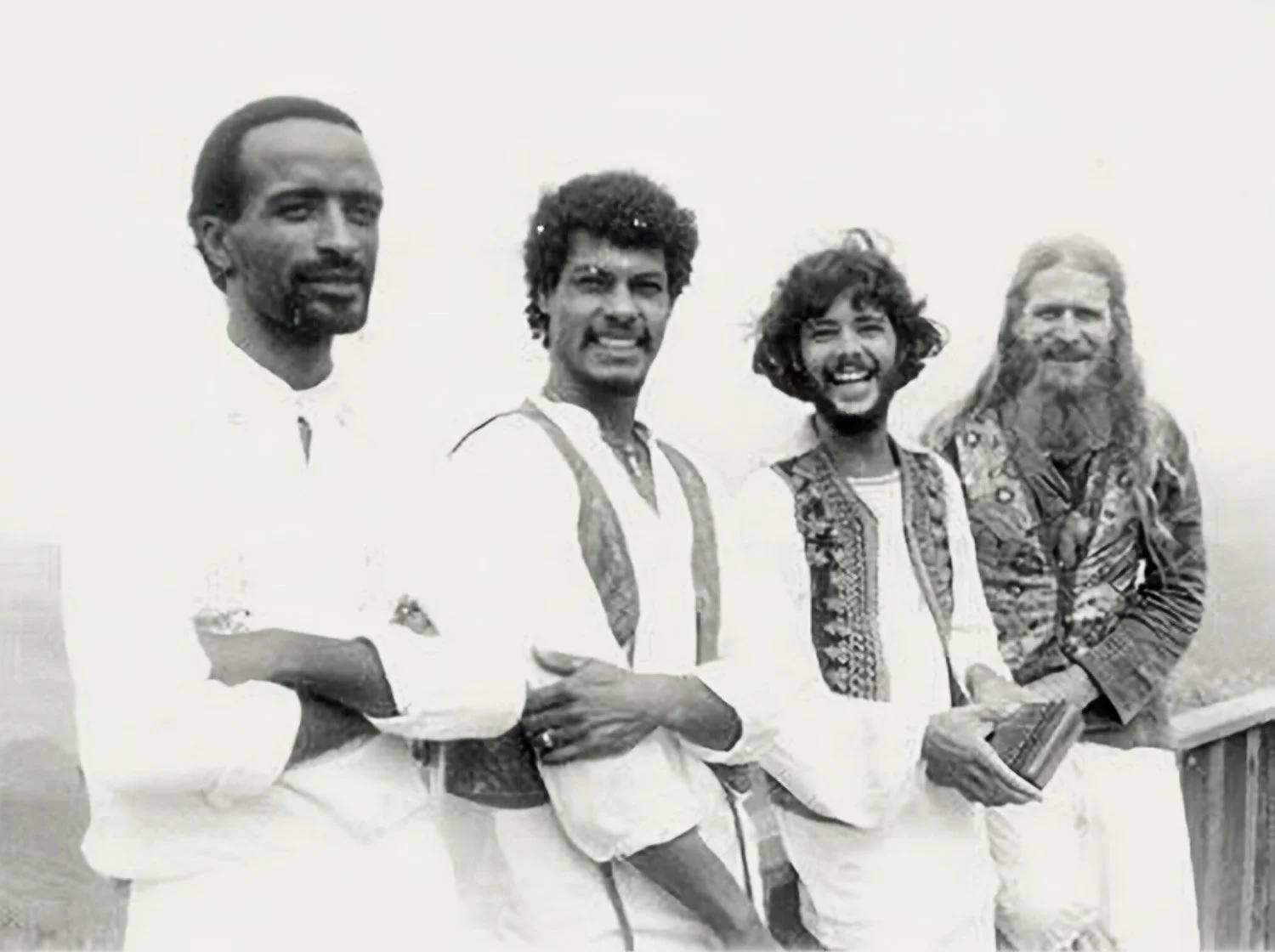
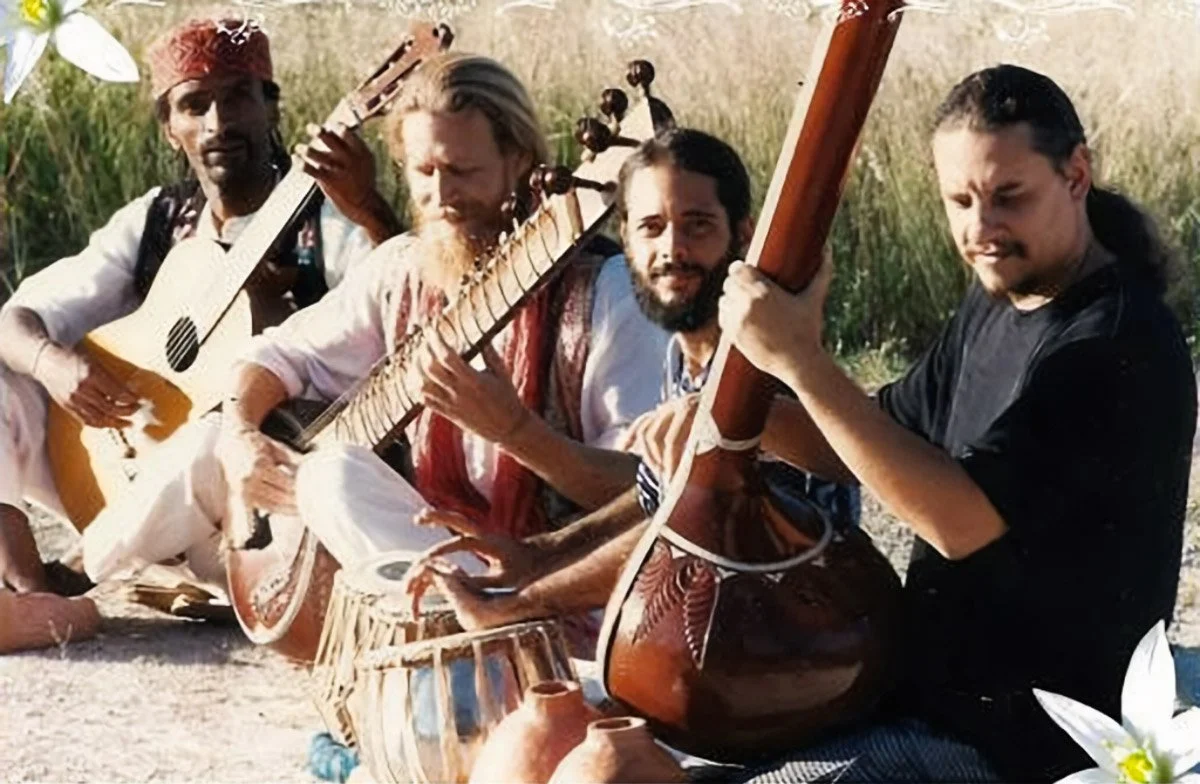
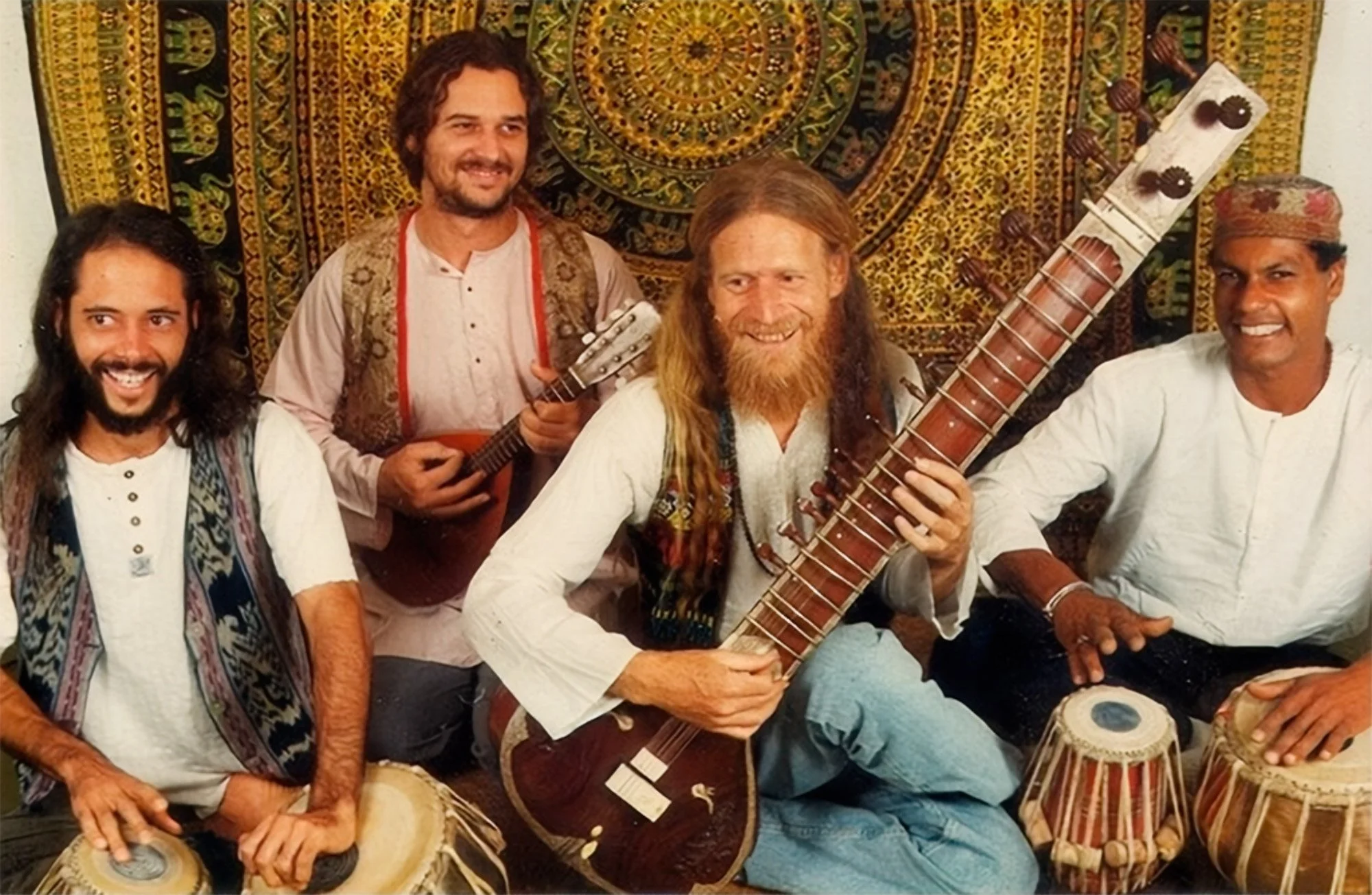
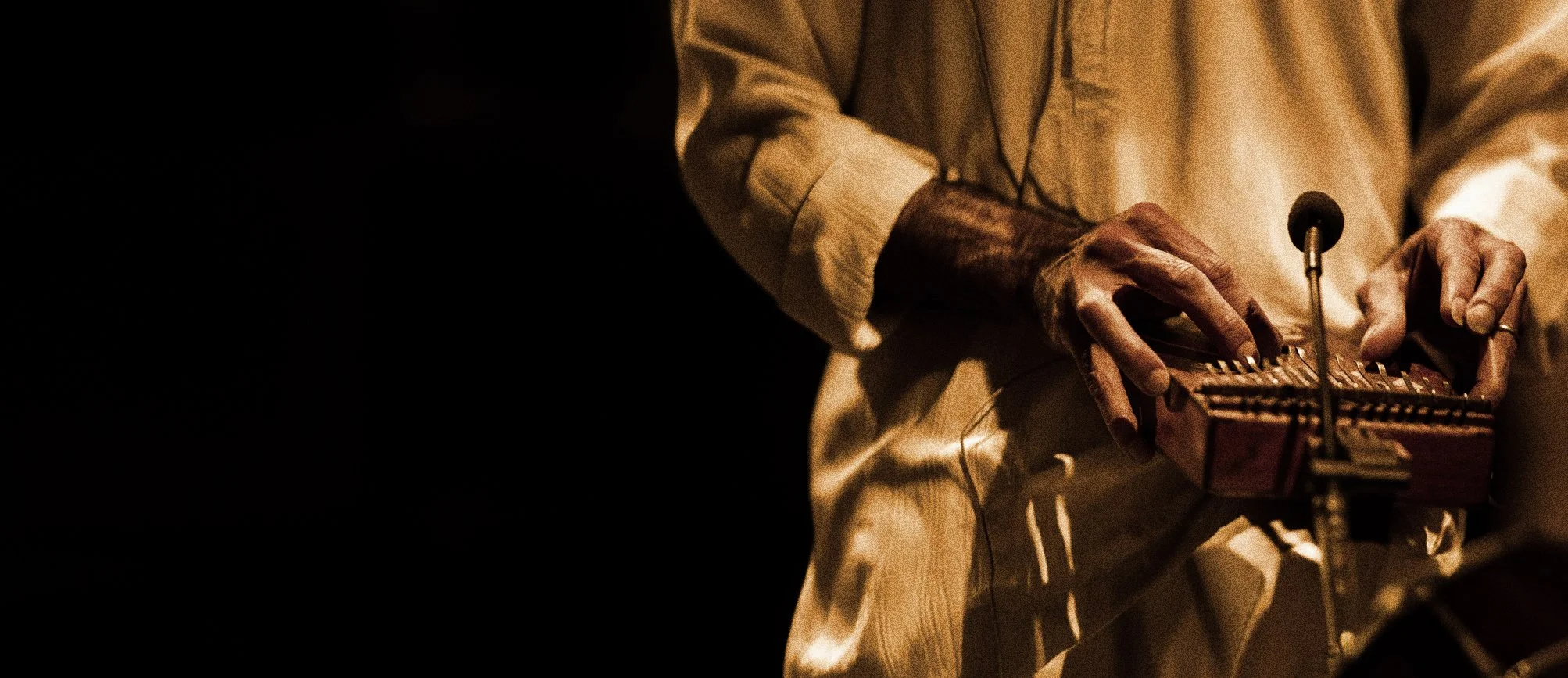
In the beginning, everything happened in a trance—I felt guided by a greater force while playing. My tendency to be scattered found balance in this instrument, and thus my style of playing was born. More than a technique, I discovered the connection between its sound and the symbolism of childhood. My music became deeply tied to self-knowledge, and reviving these memories is a true treasure in this process.
— Chandra Lacombe
Music and Spirit
A new orientation began to emerge in Chandra’s art, turning music into a direct expression of his spirituality.
"By the time I was 20, with Udiyana Bandha, this became clear. My message carried a more spiritual tone. I felt the need to use music as a vehicle to transmit the awakening I was experiencing within my inner laboratory—an opening to a more spiritual sense of life.”
In 1991, he took part in the recordings of Udiyana Bandha’s first LP, Música das Esferas, officially released in 1992. Soon after, in 1993, he returned to Rio de Janeiro, working as a freelance musician in different projects. Among them, he contributed to two tracks on a Roberto Menescal album inspired by the works of Paulo Coelho.
Chandra’s explorations with Rosicrucianism and Spiritism, his study and practice of Yoga, and even a brief experience with Umbanda all deepened his understanding of art’s purpose in his life.
"When I read Autobiography of a Yogi at the age of 26, it touched my soul deeply, though I kept it suspended in time. My true connection grew stronger later—with Babaji, the avatar of Yogananda’s lineage. That book carried a profound message. For everyone who has read this ‘Bible of spirituality,’ it leaves an indelible mark.”
In the following years, his path expanded through research into alternative healing methods supported by sacred plants. It was within this context that Chandra met Janderson Fernandes (Prem Baba) in the mid-1990s, receiving teachings and messages that were unlike anything he had encountered before. This meeting marked a new chapter in his life—dedicating himself more deeply to healing and the expansion of consciousness.
Musical Oracle
All of Chandra’s path of seeking and experimentation laid the foundation for his original therapeutic work known as the Musical Oracle—a tarot of “Song Arcanas.” Each arcana corresponds to archetypes of the human experience, lived by everyone in different stages and intensities throughout life. These poetic pearls of wisdom are wrapped in a musical journey that allows for a deeper understanding of the dilemmas and challenges each person faces in their own moment.
The Musical Oracle is a therapeutic process of self-knowledge that uses songs to invite profound reflection on many aspects of life. In this method, three songs—each carrying a specific message—are selected and interpreted within an integrative map. The purpose is to offer seekers a psycho-emotional mirror, bringing valuable insights into spirituality, relationships, evolutionary cycles of consciousness, and the path toward reclaiming one’s True Identity. This approach brings clarity, understanding, and a deeper sense of meaning to personal experiences and learnings.
"It’s fascinating how people have truly understood this language. It has been so beautiful to witness the results," rejoices Chandra.

Message from the Divine Mother
"I was at home in the Pompéia neighborhood, with my youngest son still a baby, less than a year old. I was deeply immersed in the energy of motherhood, going through an intense personal initiation, connected with the manifestations of the feminine divinity on Earth, like Mother Meera and Amma. That’s when this song came to me—marking a special and meaningful moment in my spiritual journey.”
Some listeners have shared that upon hearing this song, they were completely uplifted—as if it were a turning point in their lives. Others, who were going through difficult times, reported that the song brought comfort, guidance, and inspiration to help them move through their challenges.
"These stories lead me to believe that my music truly carries some healing power. I am always learning and continually amazed by the results of this process.”

The Sun and the Moon
The encounter between Chandra Lacombe and Surya was marked by a profound spiritual connection, first revealed through dreams. For three nights in a row, Surya dreamt the very same dream as Chandra—and this synchronicity repeated itself for two consecutive days. This phenomenon was a clear sign from the spiritual realm, pointing the path for both of them. They soon fell in love and married, uniting their lives and destinies in a truly magical way.
On her first journey to India, Surya went through a profound transformation. Through a series of synchronicities—and later a vision shared by a friend—the universe revealed her true name. Thus, Sônia became Surya, the Sun, perfectly complementing Chandra, the Moon.
This union not only symbolized the harmony of the masculine and feminine but also strengthened the couple’s spiritual and musical mission, becoming a radiant source of inspiration and light for all who cross their path.

The Ashram
Beyond their spiritual communion, Surya had recurring visions of a land that would one day become central to their mission. For two years, she dreamt of a specific place and felt an inner call to find it. Gathering a group of companions, she set out in search of this land, even without knowing its exact location. During a stay in India, bassist Alfredo sent photos of a property in Brazil. When Surya visited it upon her return, she immediately recognized the view—it was the same vision she had seen in her dreams.
This land became Ashram Matri Surya, conceived as a sanctuary of joy, inner peace, and spiritual consciousness. At the Ashram, Surya began offering past-life therapy and crystal healing sessions, guiding many people to rediscover their spiritual path. Soon, its schedule was full, with sessions and workshops both in Brazil and Europe, reflecting divine will and nurturing a life of joy and selfless service to God.
Today, the Ashram Matri Surya stands as a living testimony of spirituality and of the couple’s mission: a sacred space of healing and transformation, home to trainings, workshops, retreats, and spiritual experiences that continue to inspire all who visit.
